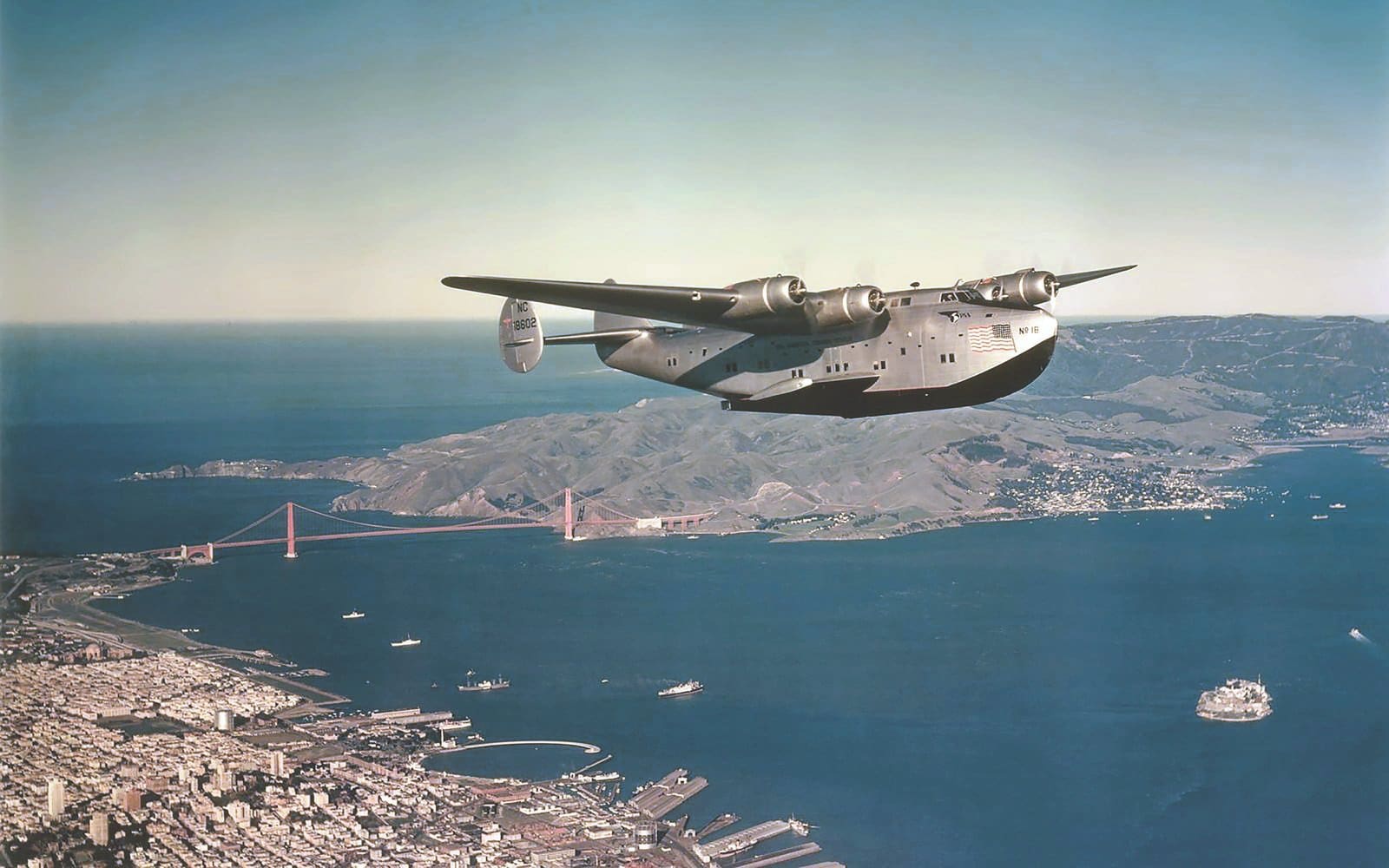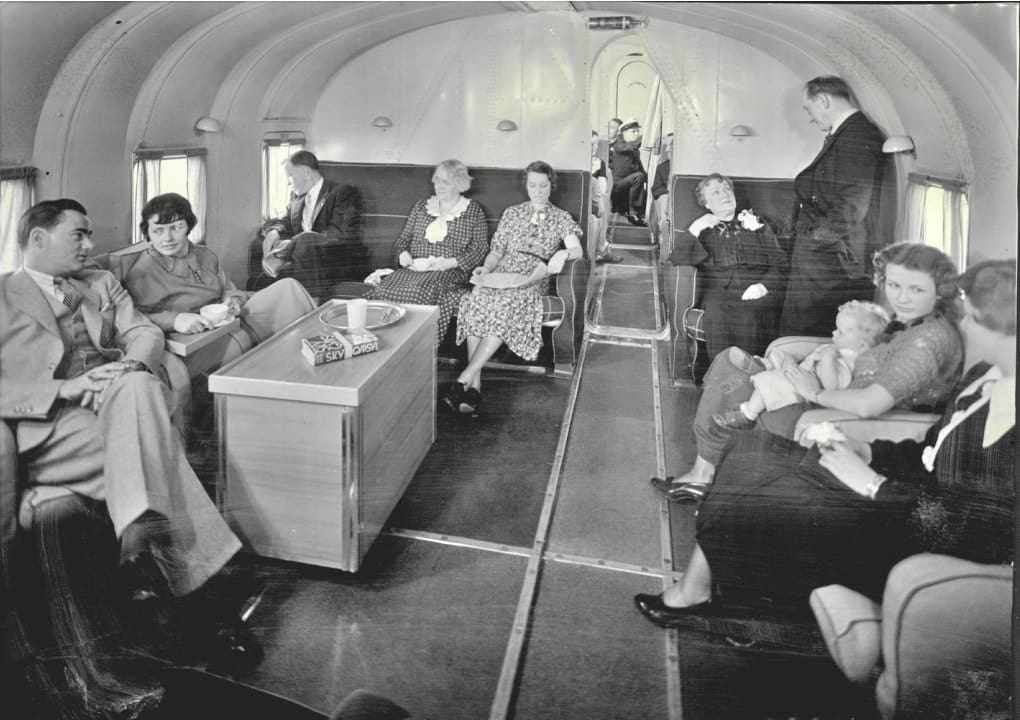The Boeing Clipper 314, also known simply as the Clipper, was one of the most iconic aircraft of the late 1930s and early 1940s. As a long-range flying boat, the Clipper played a pivotal role in transoceanic travel, particularly during a period when air travel was still in its infancy. The Clipper’s innovative design and remarkable achievements have secured it a place in aviation history.
The birth of the Boeing Clipper
In the late 1930s, Pan American Airways (Pan Am) recognized the potential of long-range flying boats to connect distant continents. They sought an aircraft that could cross vast oceans with passengers and cargo in comfort.

In response, Boeing designed the Model 314, a revolutionary seaplane capable of flying non-stop from the United States to Europe and the Pacific. The aircraft was officially named the Boeing 314 Clipper after the elegant and fast sailing ships of the 19th century.
Design and specifications
The Boeing Clipper 314 was an engineering marvel. It had a wingspan of 130 feet and a length of 106 feet, making it one of the largest flying boats ever built at the time. The aircraft was powered by four Wright R-1820 Cyclone radial engines, which gave it a cruising speed of around 190 miles per hour and a range of approximately 2,000 miles.
The Clipper was made of aluminum and duralumin, a lightweight yet strong material, and featured a high-wing monoplane design, which helped minimize drag. The plane’s floating hull design allowed it to land and take off from water, making it ideal for routes that lacked established airports.
Innovative passenger comfort
One of the standout features of the Clipper was its passenger cabin, which set new standards for comfort and luxury in air travel. It was equipped with a full-length lounge, private sleeping berths, and dining facilities, offering passengers a level of service that was unparalleled at the time. The flying boat could carry up to 74 passengers across the Atlantic or Pacific, making long-distance travel more accessible to the wealthy elite, government officials, and business travelers.
World War II and the role of the Clipper
Although initially conceived for civilian air travel, the outbreak of World War II altered the Boeing Clipper’s role. The U.S. military recognized the aircraft’s potential for long-range reconnaissance, transport, and supply missions, and several Clippers were requisitioned by the military for these purposes.
Transatlantic and Pacific routes
Before the war, the Clipper became a symbol of the future of commercial aviation. Pan Am used the aircraft to establish transatlantic routes, including flights between New York and Lisbon, and later expanded these services to San Francisco and Hawaii, connecting the United States with the Pacific Islands.
One of the most famous Clipper flights was the first transatlantic commercial flight in 1939, which was a milestone in aviation history. The aircraft also played a critical role in the development of Pacific routes, including a regular flight service to Hong Kong. These routes revolutionized air travel, significantly reducing travel times across the world.
End of the Clipper era
By the end of World War II, advancements in land-based aviation technology and the increasing use of jet engines led to the gradual decline of the flying boat era. The Boeing 314 Clippers were retired by the late 1940s, but their impact on aviation remained profound. They paved the way for future long-distance airliners and demonstrated the feasibility of flying large distances over oceans.












